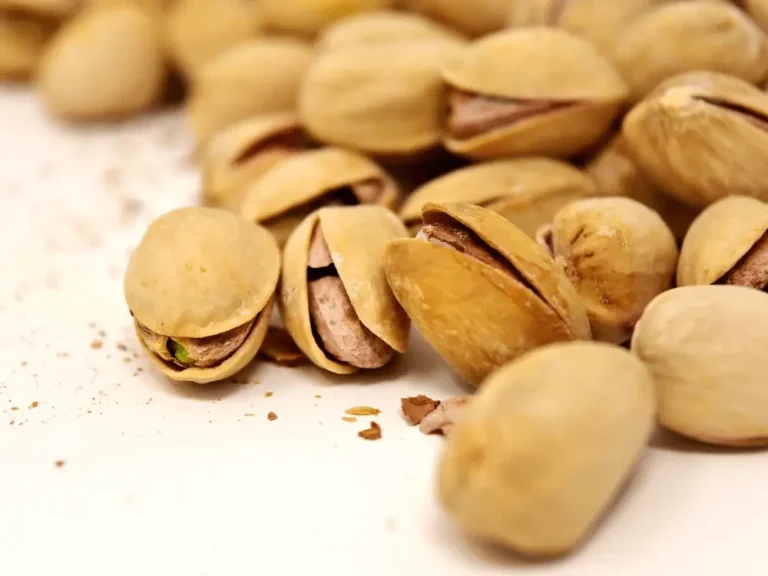How Photochemical Smog Forms | Effects, and Controls – PPTs
What is Photochemical Smog?
Industrial and highly populated cities are mostly seen with brown haze usually at the time of dawn and dusk. A mixture of pollutants formed by the combination of nitrogen oxide, volatile organic compounds (VOCs), ozone, and peroxyacetyl nitrate (PAN) (CH3COOONO2) react with sunlight to create a brown haze called photochemical smog. It is a secondary pollutant and one of the major types of air pollution. Nitrogen oxides and VOCs are primary pollutants while ground-level ozone and PAN are secondary pollutants. Ozone produced naturally in the upper atmosphere is not dangerous but ground-level ozone causes coughing, wheezing (Shrill Sound of Airway), eye irritation, and respiratory problems.
Photochemical Smog – Power Point presentation – PPT
This power point presentation depicts the pollutants responsible for the formation of photochemical smog, the formation cycle of photochemical smog, its effects, and solutions.
How Photochemical Smog Forms
The topography of an area plays a major role in the formation of photochemical smog. A city surrounded by high mountains experiences this problem as the movement of air is restricted while a city in an open plain area may not. Meteorologically, the air close to the earth’s surface is warmer due to the heat of the sun being re-radiated back into the atmosphere. The upper cool layer of air sinks down, gets warmer, and rises up (convection cycle). This cyclic process helps to carry pollutants upward where they disperse.
An inversion cycle is observed when the ceiling of warmer air traps the cooler air which contains pollutants near the earth’s surface. This inversion hinders the air to rise and keeps smoggy conditions for a prolonged time.

There are two processes, advection and radiation inversion, which enable this inversion cycle to happen.
- The advection is when an upper warmer air traps the layer of cool air below it. This condition is stable and may last for weeks.
- The radiation inversion process usually occurs at night. At night, the ground cools and in turn cools the air close to it than the air above forming an inversion.
Nitrogen dioxide (NO2) can be broken down into nitric oxide and oxygen radicals by sunlight:
NO2 + sunlight → NO + O
Oxygen radicals react with atmospheric oxygen (O2) to form ozone (O3)
O + O2 → O3
Ozone is normally consumed by nitric oxide to produce nitrogen dioxide and oxygen
O3 + NO → NO2 + O2
However, when VOCs are present, nitric oxide and nitrogen dioxide are consumed and thus ground-level ozone is built up (pollutant).
Nitrogen dioxide reacts with various hydrocarbons (R) to produce PAN, another pollutant of photochemical smog. The main sources of these hydrocarbons are different VOCs.
NO2 + Hydrocarbons → PAN
Different oxygenated organic and inorganic compounds (ROx) react with nitric oxide (NO) to form nitrogen oxides (pollutants of photochemical smog)
NO + ROx → NO2 + other products
These Nitrogen oxides, VOCs, PAN, and Ozone are potential pollutants of photochemical smog.
What are the Sources of Photochemical Smog?
Nitrogen oxides and VOCs are produced naturally as well as have some anthropogenic sources. Naturally, nitrogen oxide is produced by microbial activity in the soil, lightning thunderstorms, and bushfires. Combustion of fossil fuels power plant emission is also a major source of oxide of nitrogen. VOCs are produced naturally from the evaporation of terpenes (hydrocarbons present in oils). Eucalyptus also releases a significant amount of VOCs. Incomplete combustion of fossil fuels and household wood burning also produce these compounds.
What are the Effects of Photochemical Smog?
Photochemical smog has a detrimental effect on the environment, human health, plants (like coconut trees), and even on various materials.
- The major concern about photochemical smog is its effect on human health. Primary and secondary pollutants causing photochemical smog are injurious to human health. Nitrogen oxide contributes to heart and lung issues, and VOCs, Ozone, and PAN cause eye irritation and respiratory problems.
- This brown haze containing nitrogen oxides, PAN, and ozone can reduce or even stop the process of photosynthesis in plants. PAN is more toxic to plants than all other pollutants present in photochemical smog.
- Ground-level ozone is a potential pollutant of different materials. It causes cracks in rubber and paints and reduces the tensile strength of textiles along with fading away its dye.
- Ozone also damages artwork placed in museums and libraries.
What are the Ways to Reduce Photochemical Smog?
The most effective way to reduce photochemical smog is to limit its primary pollutants i.e. Nitrogen oxides and VOCs.
- Catalytic reduction of oxides of nitrogen to nitrogen and oxygen can reduce the emission of nitrogen oxides to the atmosphere. A catalytic converter can be fitted to the exhaust systems.
- Lowering the temperature of combustion can also reduce the emission of NOx. Temperature can be lowered by fuel gas recirculation, two-stage combustion, or modifying the design of the burner.
- Using compressed natural gas (CNG), and liquefied petroleum gas (LPG) rather than petrol can VOC production.
- Limit wood fire at home and use warm clothes.
- Use green power where possible. Use energy-efficient design at home when building or renovating the old home.
- Replace the old car with a fuel-efficient, low-emission car.
- Keep motor vehicles properly maintained and regular service is necessary.
- Use public transport instead cars/bikes.
- Use energy-efficient home appliances. Look for the energy star logo when buying computers, printers, scanners, TV, DVD player, air conditioner, hair dryer, washing machines, dishwashers, fridges, freezers, etc.
Photochemical Smog – PPTs – Video Lecture
Here is the video lecture explaining the causes, formation, and effected of photochemical smog in a video lecture. This video lecture is in the for of Photochemical Smog power point presentation.
Short Questions
I’m Dr Qaiser Maqsood (PhD), a dedicated researcher and expert in Biological Sciences, Gardening, Bio-Diversity, Ecology, and Environmental Sciences. I’m much concerned about Environmental Pollution, Climate Change, Plantation, Gardening, and Global Warming. My passion is to explore innovative solutions in all these fields.
Be aware that we have ONLY ONE EARTH. Protect it!!






